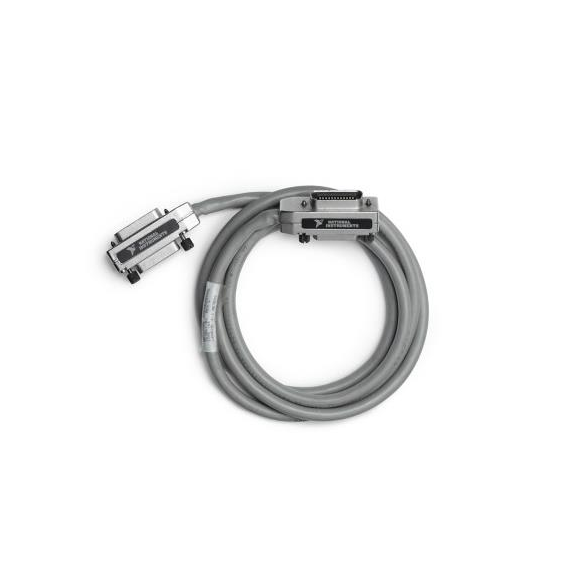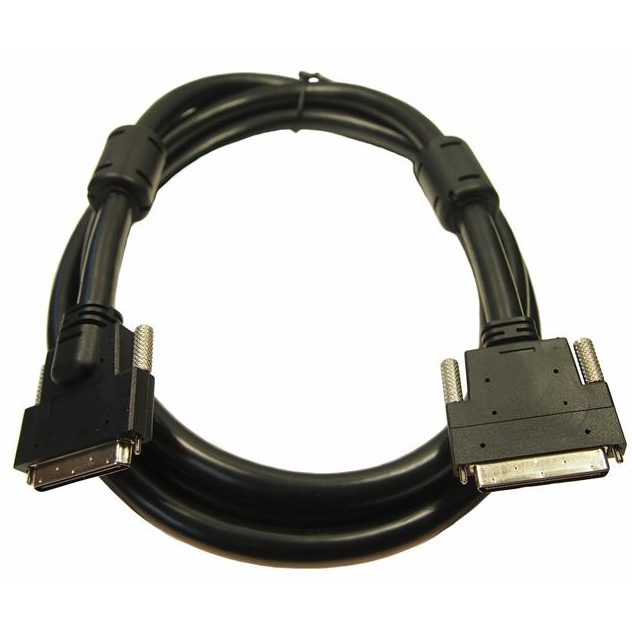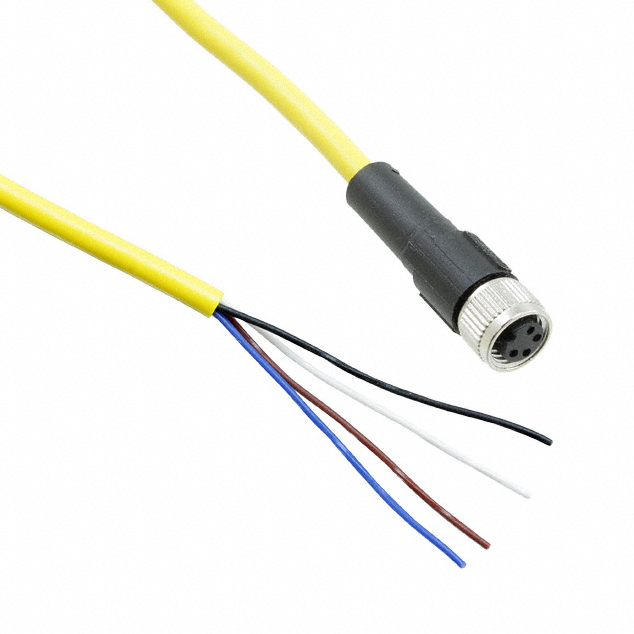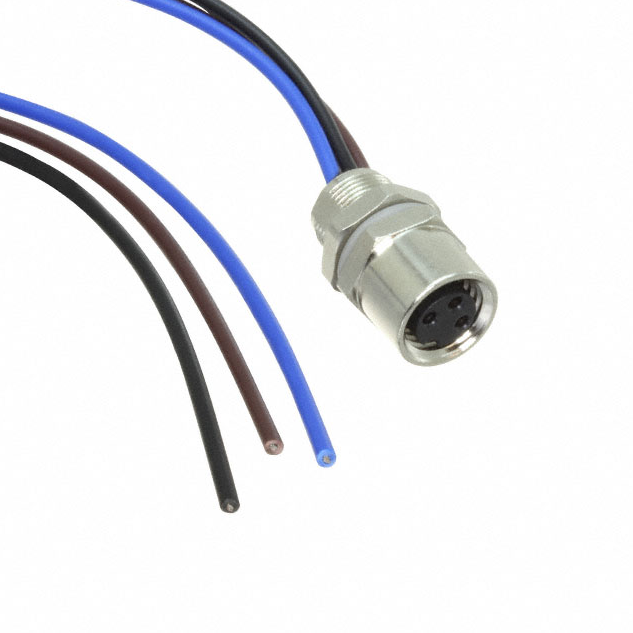Keeping progressing, Pursuing integrity, Embracing future
Detecting and eliminating faults in the wiring harness is an important step in ensuring the safe operation of electric vehicles. The following are common methods and steps for detecting and troubleshooting wiring harness faults:
Methods for detecting wiring harness faults
Visual inspection:
Physical damage: Check the wiring harness for any obvious physical damage, such as breakage, wear, burning, etc.
Connection issue: Check if the connector is loose, corroded, or has poor contact.
Insulation layer inspection: Check whether the insulation layer is damaged or cracked to prevent short circuit or leakage.
Electrical testing:
Resistance measurement: Use a multimeter to measure the resistance of the wiring harness and check for any circuits with abnormal resistance.
Voltage measurement: Measure the voltage at each point of the wiring harness to ensure normal voltage distribution.
Current measurement: Use a clamp meter or other current measuring device to check if the current in the wiring harness is normal.
Signal testing:
Oscilloscope detection: Use an oscilloscope to check the waveform of the signal line and detect whether there is signal distortion or interference.
Network analyzer: For complex communication harnesses, a network analyzer can be used to detect the integrity of communication signals.
Infrared thermography:
Use an infrared thermal imaging device to check the thermal distribution of the wiring harness and detect any overheated areas, which may indicate high resistance or short circuit issues.
Electromagnetic interference (EMI) testing:
Use EMI testing equipment to detect if there is excessive electromagnetic interference in the wiring harness, which may affect the normal operation of other electronic devices.
Methods for troubleshooting wiring harness faults
Repair or replace damaged parts:
Repair: For minor insulation damage, insulation tape or heat shrink tubing can be used for repair.
Replacement: For severely damaged or irreparable parts, new wire harness segments should be replaced.
Reconnect:
Cleaning connectors: For connectors with corrosion or dirt, specialized cleaning agents can be used for cleaning.
Reinforced connection: Ensure that all connectors are tightly connected to prevent loosening.
Optimize wiring:
Avoid high temperature and wear areas: When rewiring, avoid placing the wiring harness in high temperature or wear prone areas.
Add fixing points: Use wire harness clamps or zip ties to increase the fixing points of the wire harness, reducing vibration and wear.
Shielding and grounding:
Add shielding layer: For wire harnesses that are susceptible to interference, a shielding layer can be added to reduce electromagnetic interference.
Improve grounding: Ensure good grounding of the wiring harness to prevent interference and faults caused by potential differences.
Using diagnostic tools:
On board diagnostic system (OBD): Use the vehicle's built-in diagnostic system to read fault codes and locate wiring harness faults.
Specialized diagnostic equipment: Use professional wiring harness diagnostic tools, such as wiring harness testers, to quickly locate the fault point.
Inquiry
LATEST BLOGS
INQUIRY
RELATED PRODUCTS
 How does the wiring harness perform in extreme environmentsRCD has over a decade of experience in the assembly of cables and connectors required for outdoor harsh environment equipment.
How does the wiring harness perform in extreme environmentsRCD has over a decade of experience in the assembly of cables and connectors required for outdoor harsh environment equipment. How to evaluate the lifespan and reliability of wire harnessesRCD has over a decade of experience in the assembly of cables and connectors required for outdoor harsh environment equipment.
How to evaluate the lifespan and reliability of wire harnessesRCD has over a decade of experience in the assembly of cables and connectors required for outdoor harsh environment equipment. What is the difference between flexibility and rigidity of wire harnessesRCD has over a decade of experience in the assembly of cables and connectors required for outdoor harsh environment equipment.
What is the difference between flexibility and rigidity of wire harnessesRCD has over a decade of experience in the assembly of cables and connectors required for outdoor harsh environment equipment.




